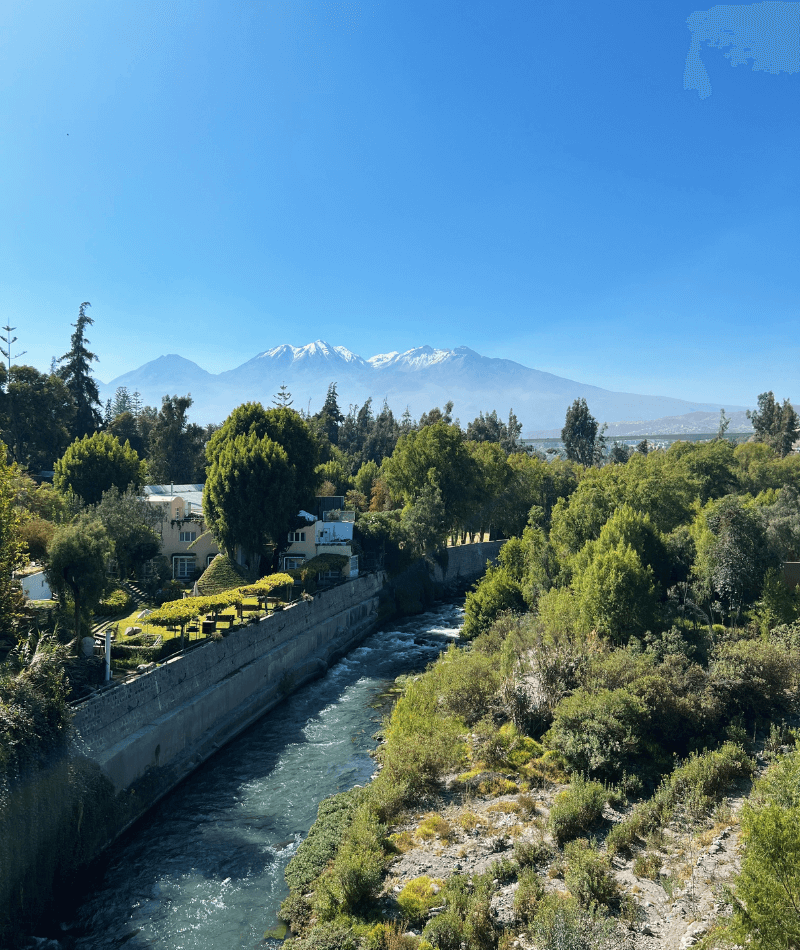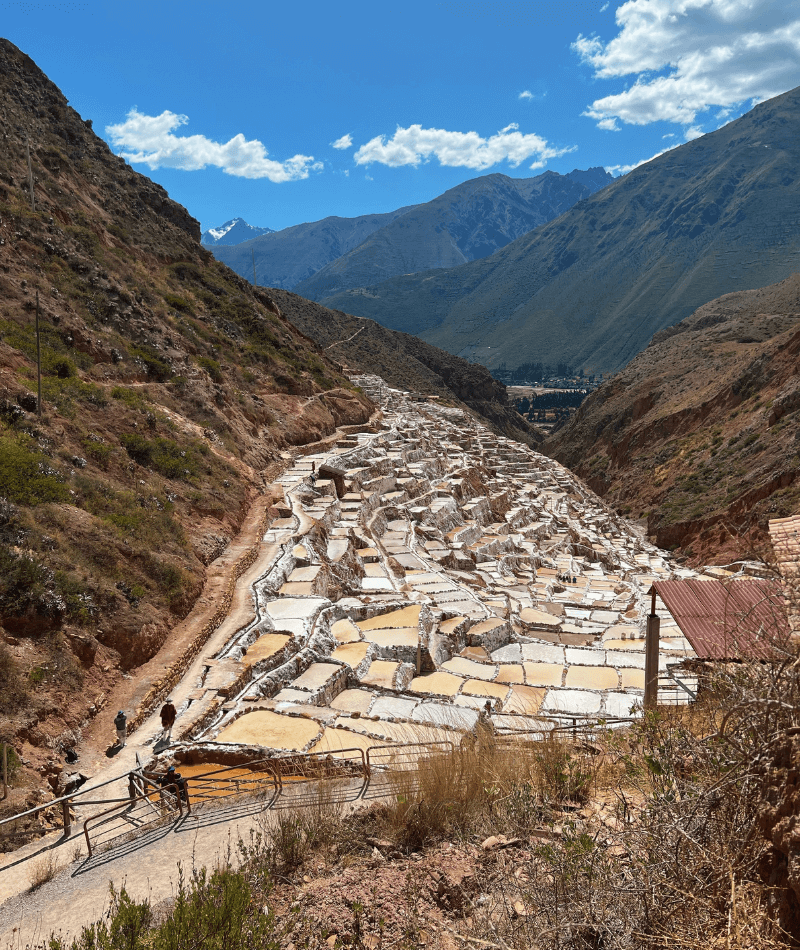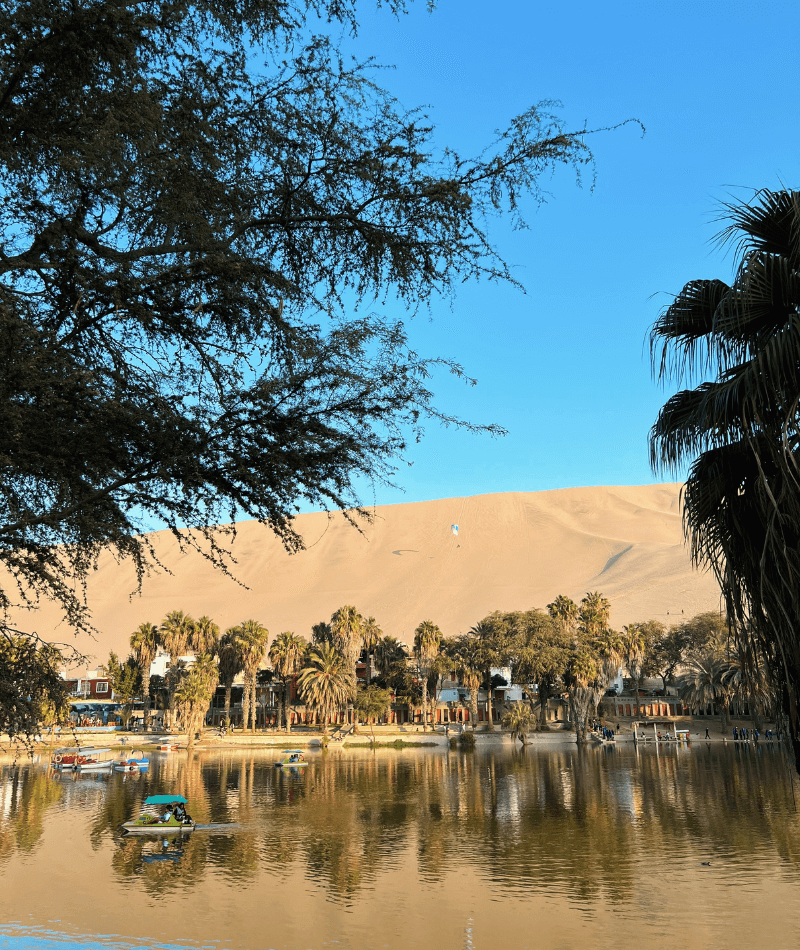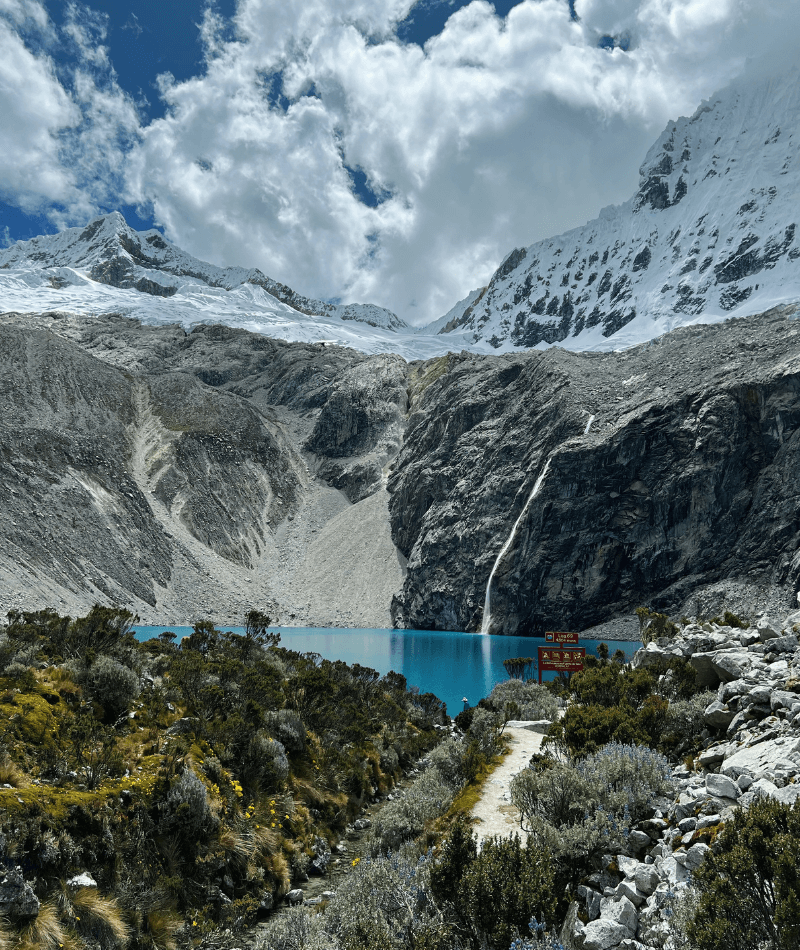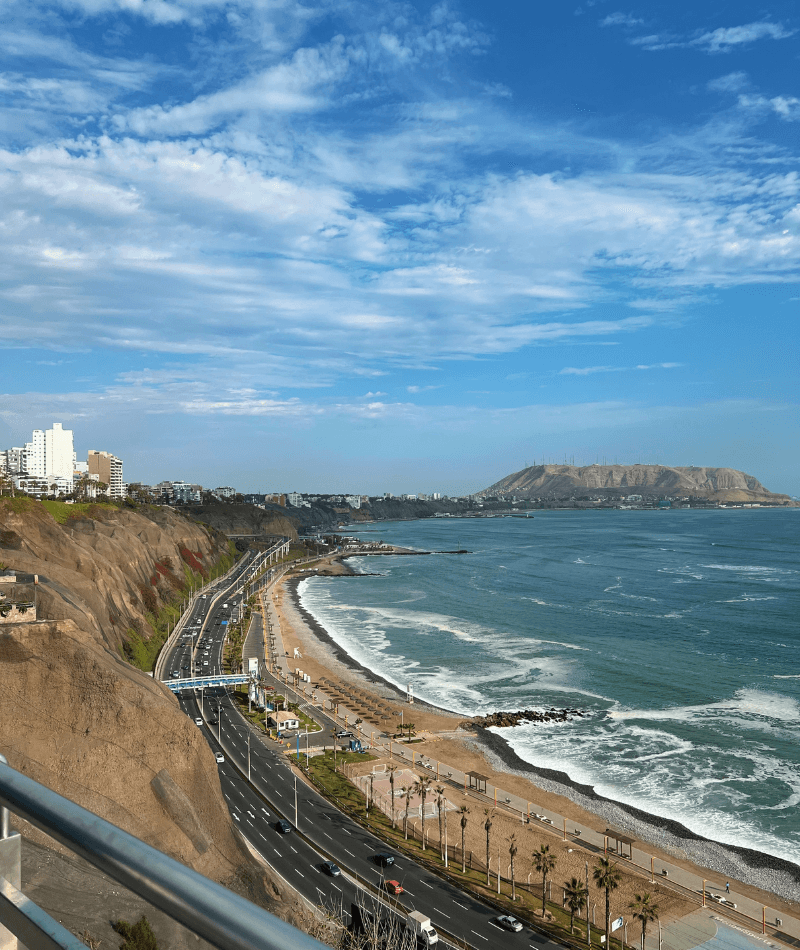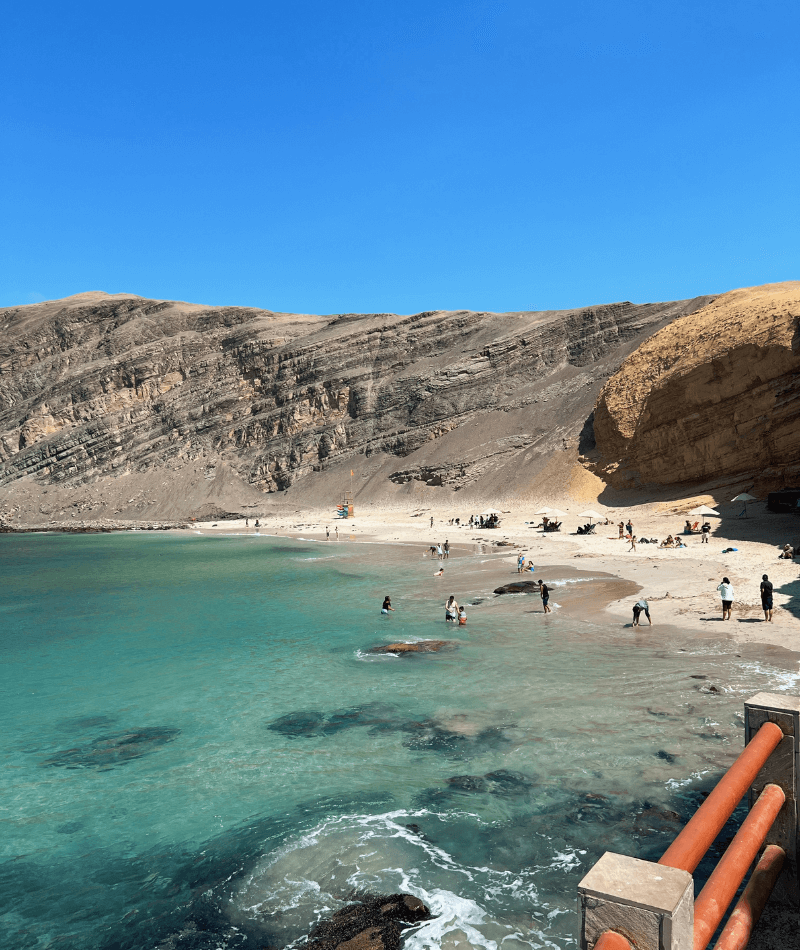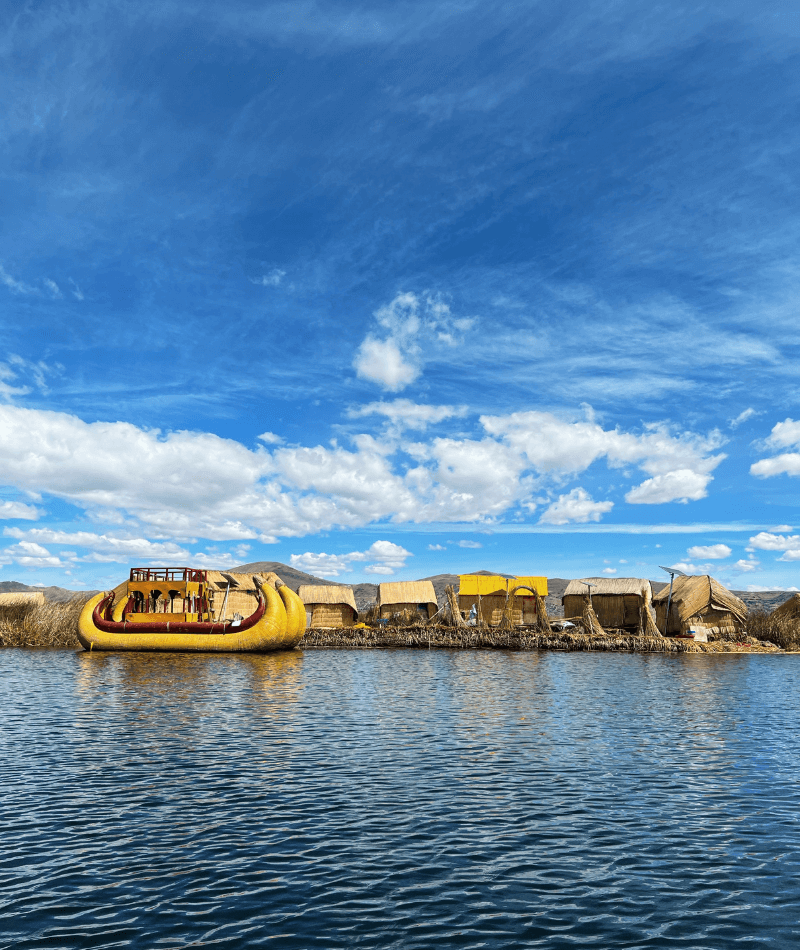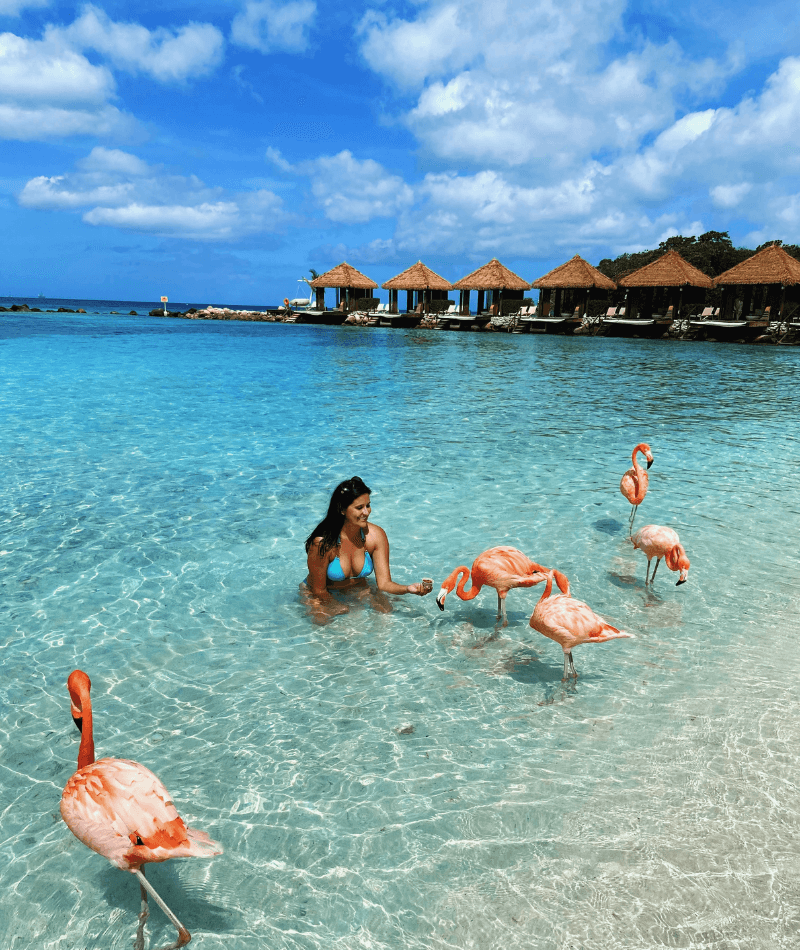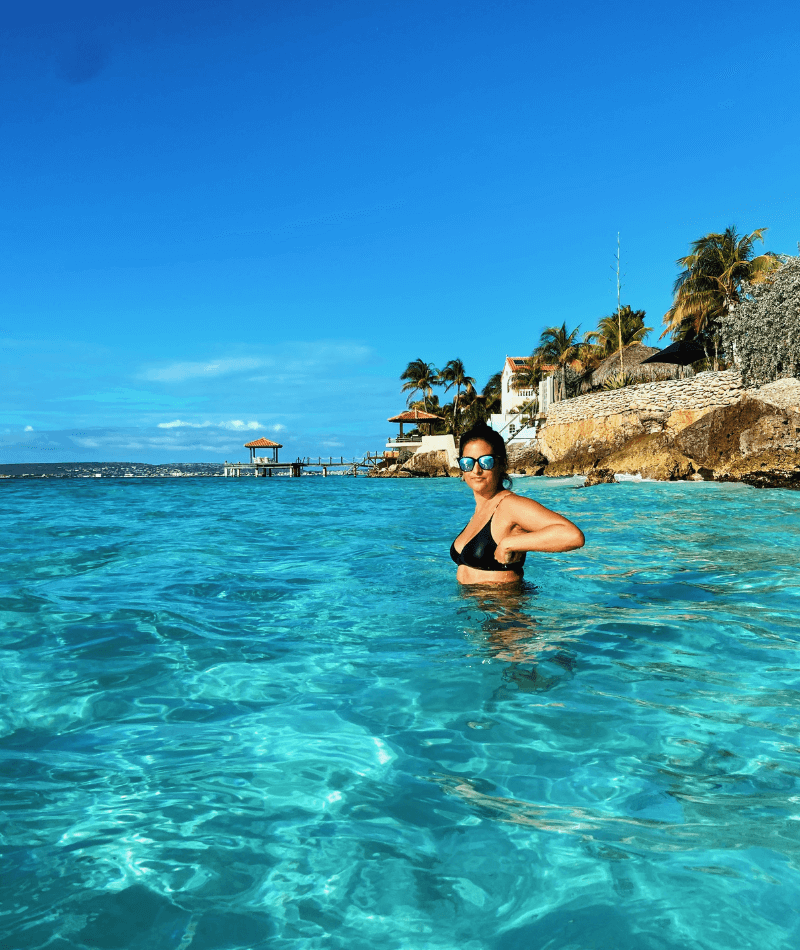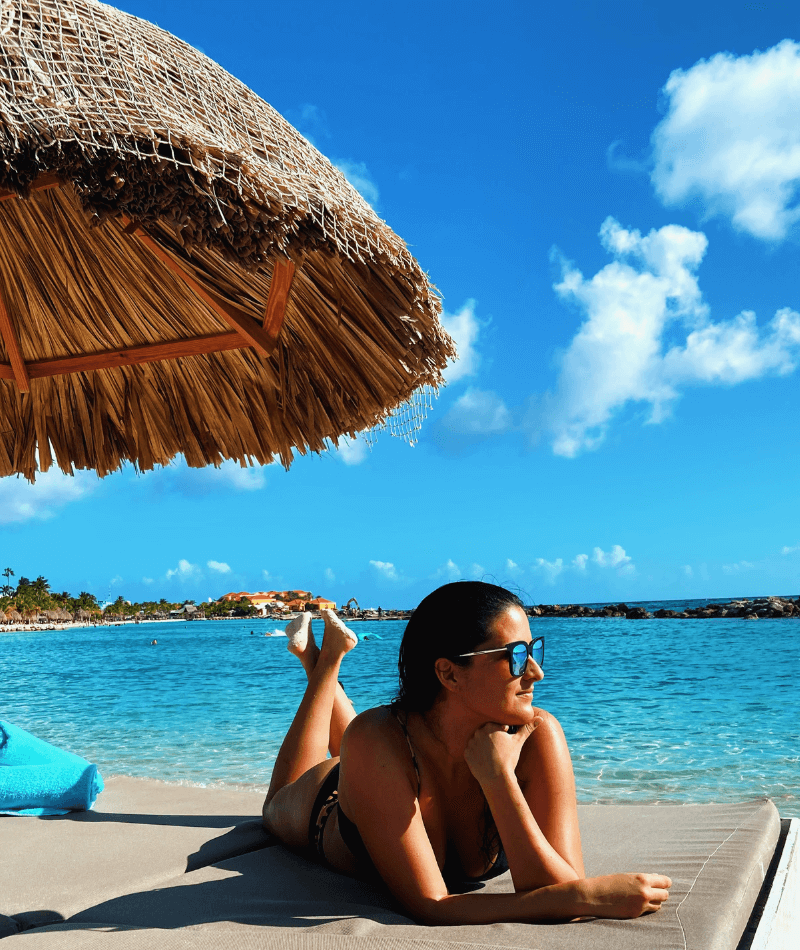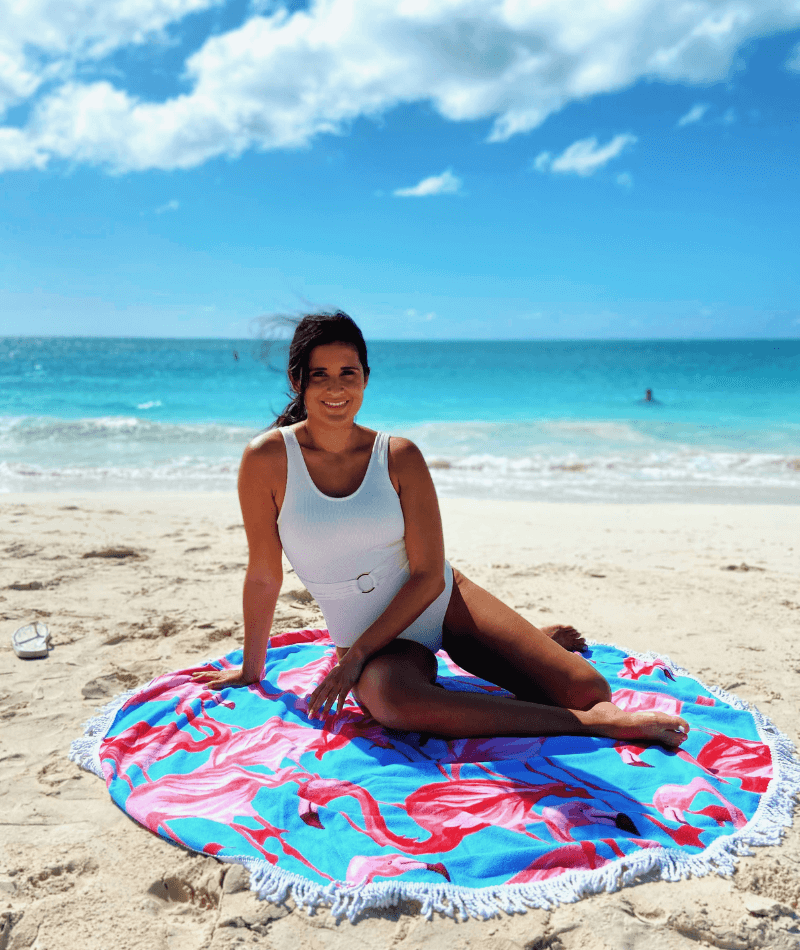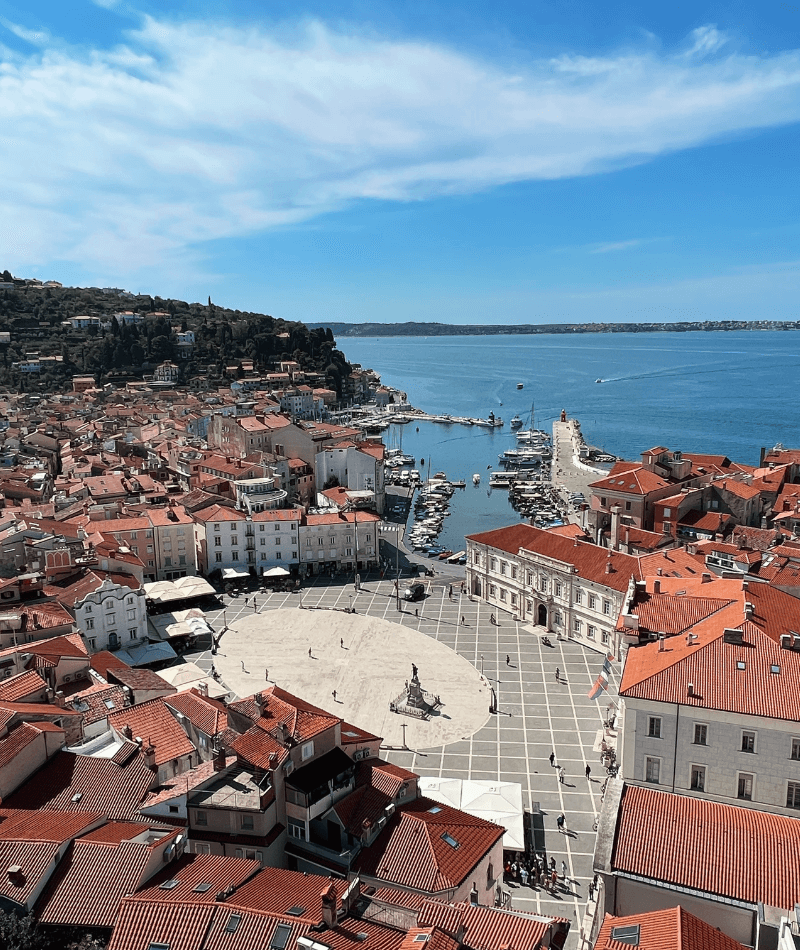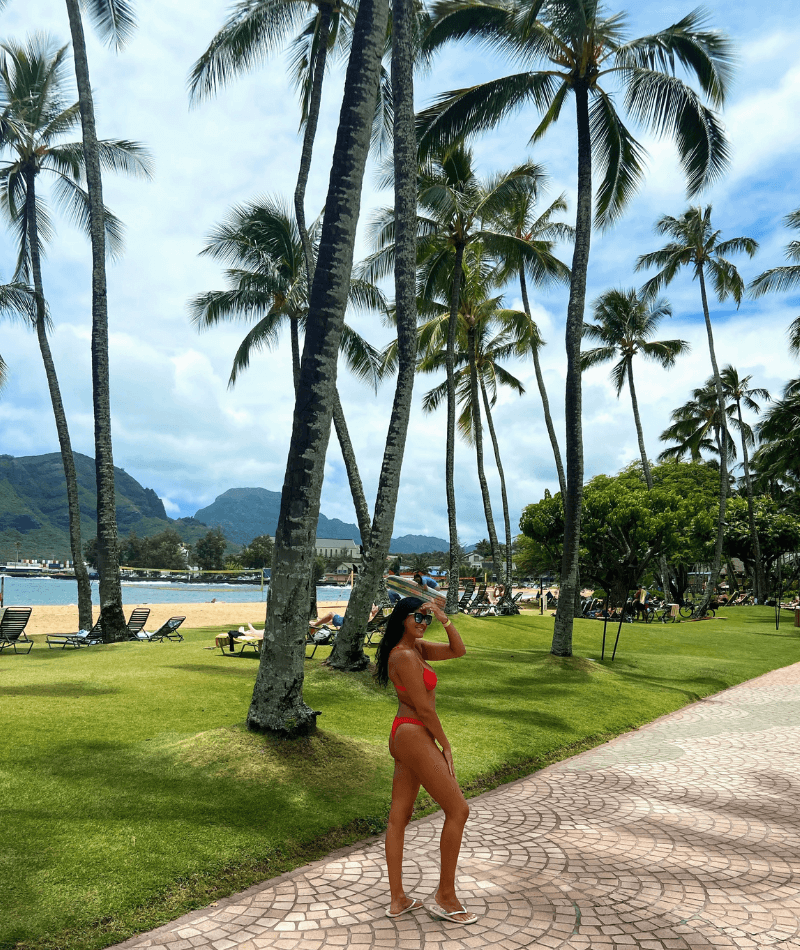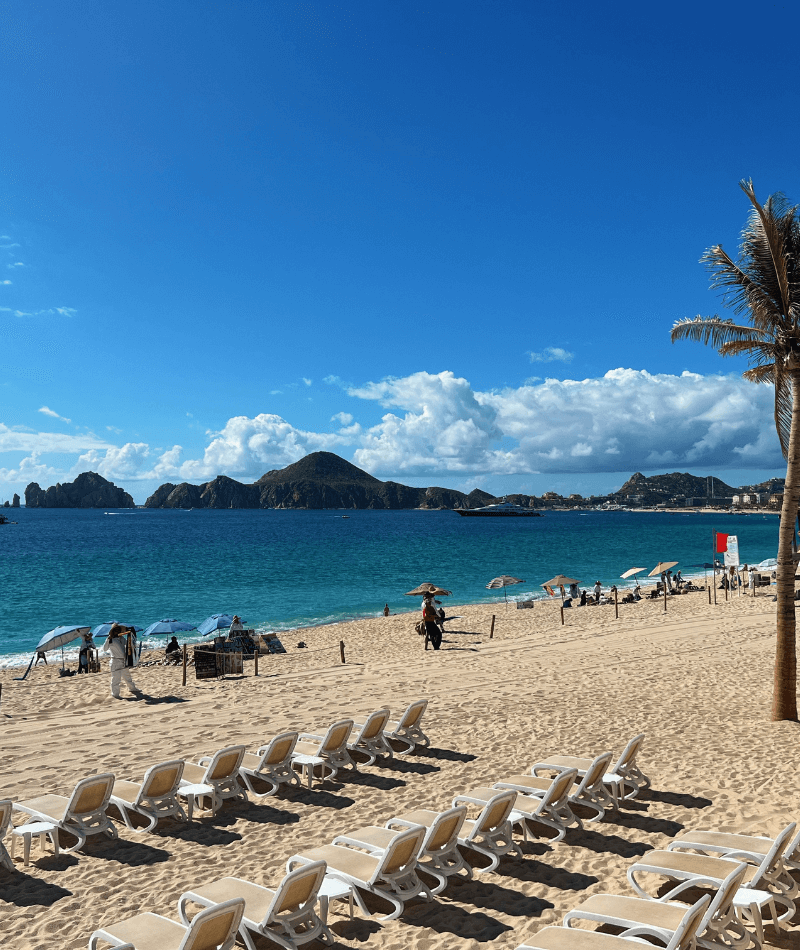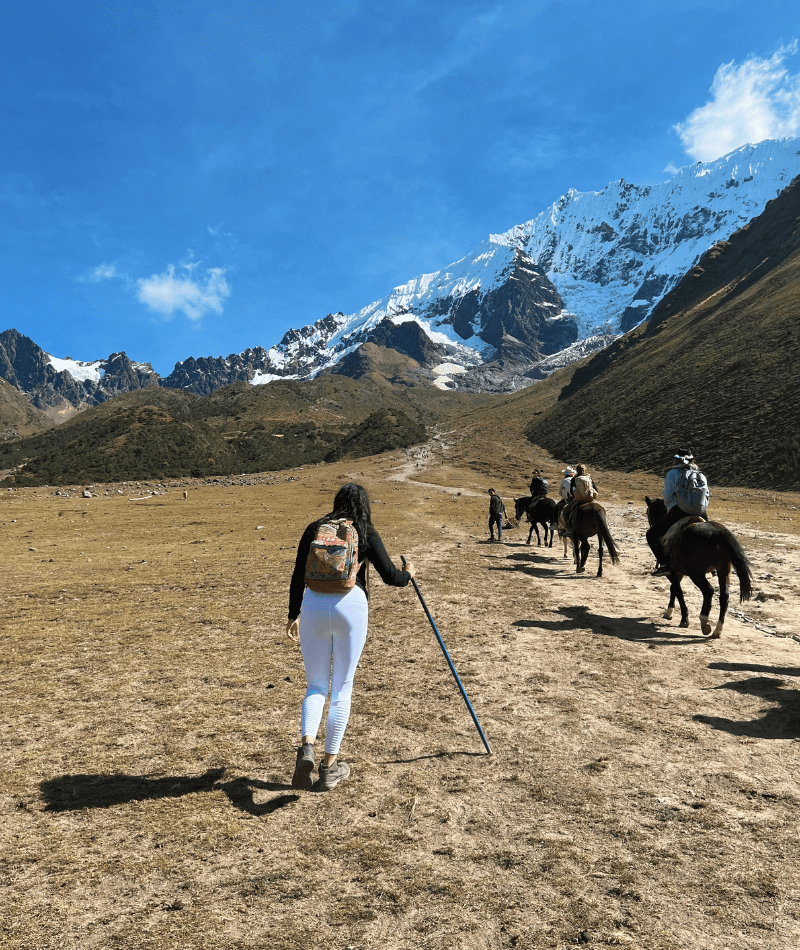What You Need To Know
Puno Travel Guide
Nestled along the shores of Lake Titicaca, Puno is a hidden gem. As the gateway to the floating islands, this charming city offers a unique blend of cultural richness and breathtaking landscapes.
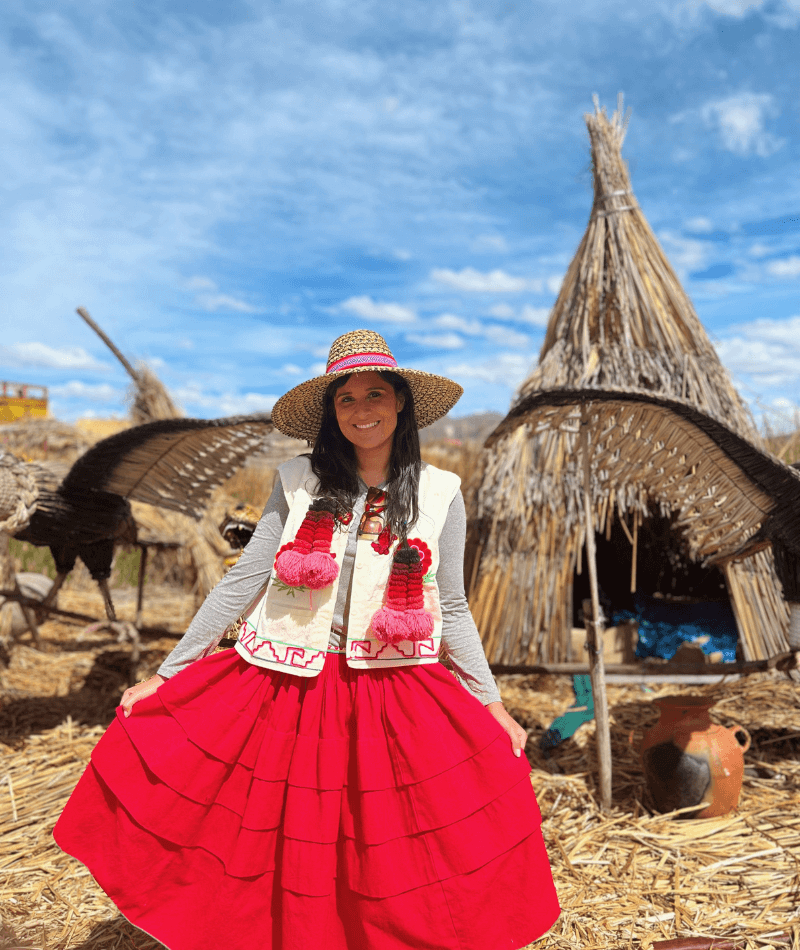
Puno Unveiled
Unveiling the Hidden Charms With Your Puno Travel Guide
When I came to Puno, it was only because I wanted to visit Lake Titicaca, so I had no expectations or gave Puno a second thought and only booked one night here. I didn’t find much about Puno while I was doing research for my Peru backpacking trip either.
When I arrived, I fell in love! It’s practically untouched by tourism and is a beautiful, small town located on Lake Titicaca. Because of that, it felt very authentic to me. At some points, I felt like the only non-Peruvian walking around.
Vanessa's Insider Tips
My Travel Tips for Puno
- When to Go: April – October is dry season, however it will be VERY chilly, especially at night.
- Where to Stay: Since there isn’t too much to do in Puno, I’d recommend staying as close to the center as you can. I highly recommend going out and spending a night in Lake Titicaca.
- How to Get Around: You’ll be able to walk everywhere in Puno. For Lake Titicaca, you can only get around on boat obviously.
- Puno Solo Female Travel: Some solo female travelers might be put off by there not being much tourism in Puno. I have an advantage in that I speak Spanish, so for me it didn’t matter. I could see how some solo travelers might be hesitant, but I think you should be fine! I felt extremely safe during the day but at night I didn’t walk around since it was absolutely freezing, so can’t speak to the safety at night. You’ll find more backpackers and visitors in Lake Titicaca, which is also incredibly safe.
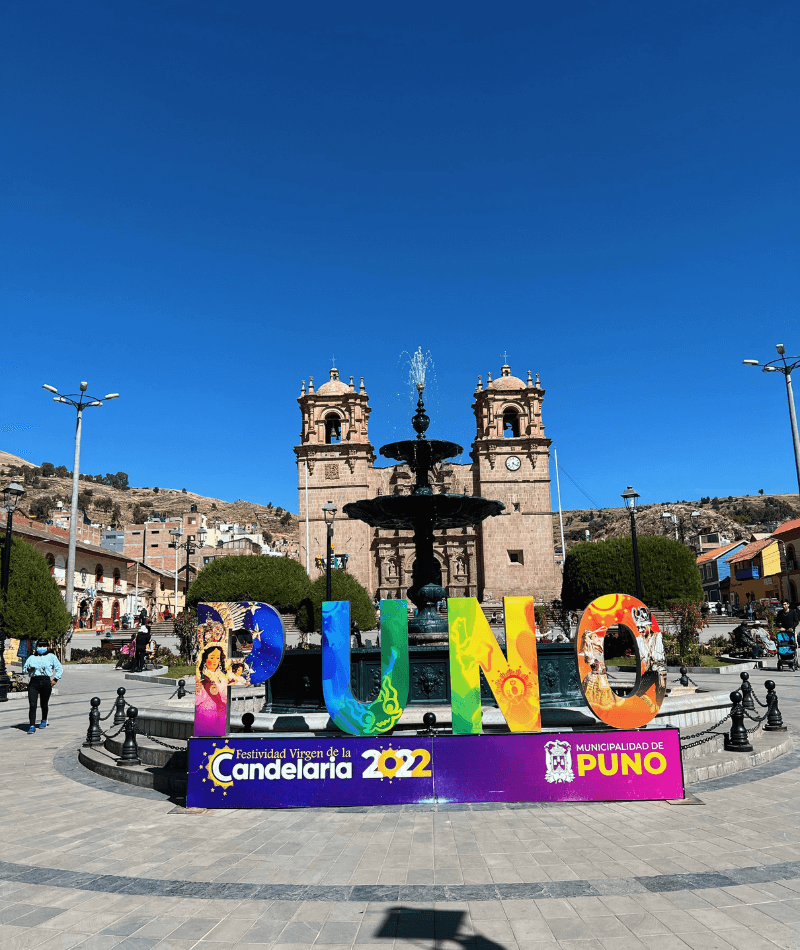

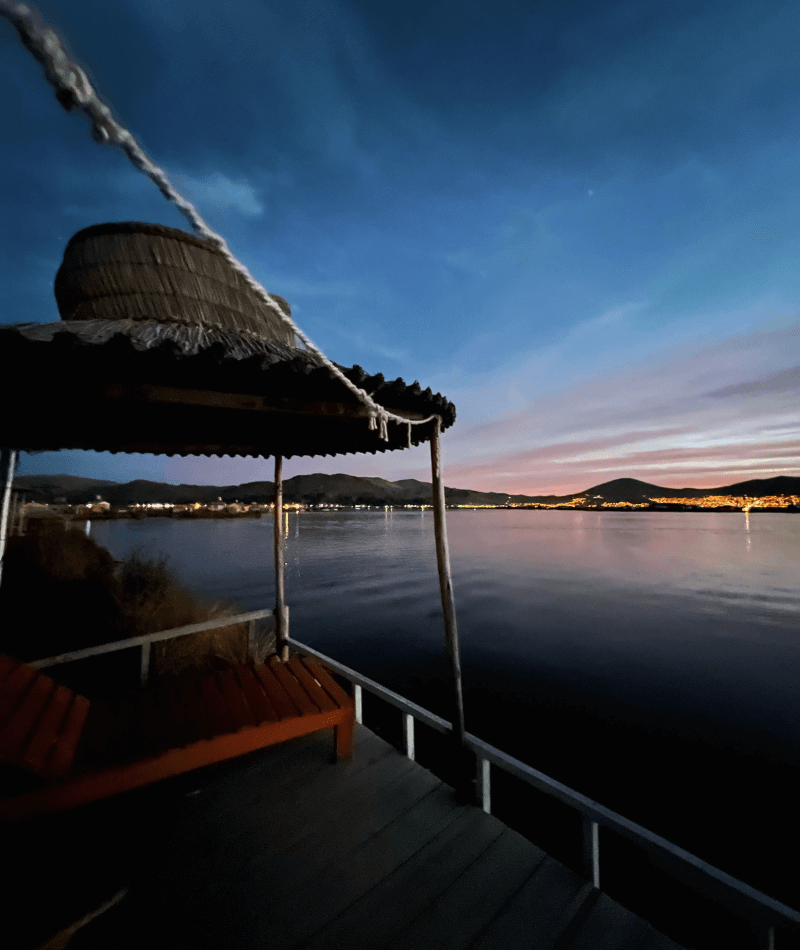
Discover Puno
My Recommended Itinerary for Puno Travel
Walk around the main square:
Uros Floating Islands:
Lake Titicaca straddles Peru and Bolivia and is one of South America’s largest lakes. It’s also the highest navigable lake in the world. What makes this lake so special is that on both the Peruvian and Bolivian side, it’s home to communities of indigenous people living on floating islands!
There are approximately 120-140 floating islands on Lake Titicaca. The islands are made up of totora, an aquatic plant that grows in the lake. The totora is woven and laid in layers to build the islands. The floating islands closest to Puno are home to the Uros people. Approximately 95% of them are located in that proximity – the other 5% are two hours away on the lake and want no contact with the outside world!
You can go to the Uros Floating Islands as a day trip, but I personally think it’s a unique and special experience to spend a night (or two). Online you’ll be able to find many listings to spend the night with the Uros people.
Usually what they offer is of course the room, then they’ll include a boat tour, and have add-on activities, such as going out on canoes.
I only spent one night (one of the coldest nights of my life wow). Since I was alone, I felt fine with this, but had I been with someone else I could have stayed another night.

